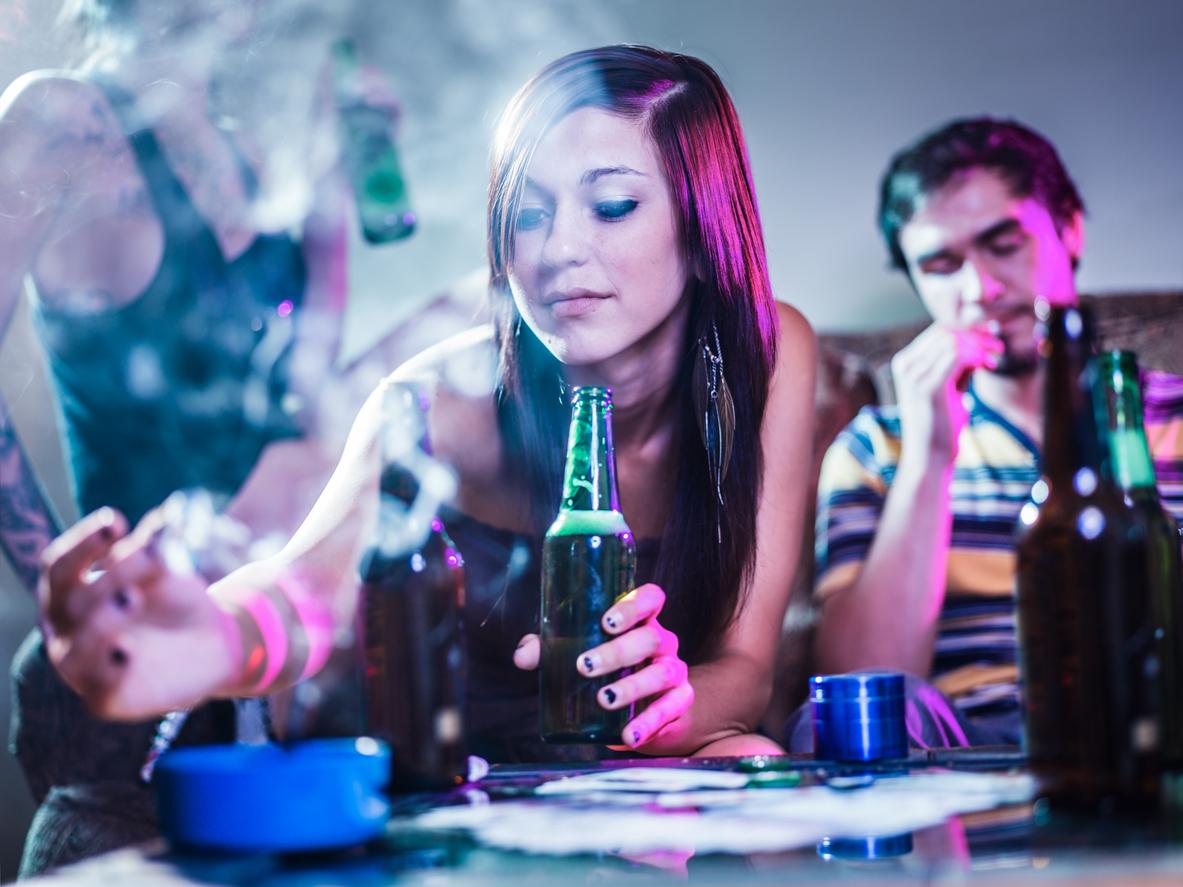It’s the end of Dry January (“the sober month”). Dr. Marion Zami, addiction doctor at the Saint-Barnabé clinic in Marseille, explains the impact of this approach on alcohol dependence.

– Why doctor – What is the impact of stopping alcohol consumption for a month? Does this really have consequences on the level of addiction?
Dr. Marion Zami – Stopping alcohol consumption for a month has several advantages: a somatic interest first, with an improvement in skin condition and sleep, often accompanied by weight loss. A psychological interest then: one can derive satisfaction from setting a goal and achieving it, taking pleasure in the moments of life without the help of alcohol, and improving anxiety or depressive disorders.
Regarding alcohol addiction, the Dry January will not solve the problem but allows you to test your ability not to consume, to seek help from professionals in case of difficulties, and thus to modify your way of drinking. .
– How does alcohol consumption affect our health?
There is a short-term impact, particularly with the “binge drinking” (drink quickly and a lot): risk of traffic accident, aggressive auto or hetero violence, suicide, alcoholic coma, sexual intercourse without consent, acute alcoholic hepatitis.
In the medium or long term, alcohol consumption can lead to liver pathologies (cirrhosis, etc.), cardiovascular diseases (hypertension, cerebral hemorrhage), cancer (ENT, breast, digestive), or even psychic disorders (anxiety, depression , behavioral disorders) and neurological (Korsakoff syndrome, neuropathy).
– What is “excessive consumption” of alcohol? And what is the difference between acute and chronic alcoholism?
– At what frequency of consumption does the addiction begin?
Addiction is defined by DSM V as a severe form of substance use disorder. The severity depends on the number of criteria present among the 11 sought: we find there the loss of control of consumption, the negative impact of consumption on school or professional activities, or even the continuation of consumption despite the awareness of its negative consequences. It is the number of criteria present that defines the addiction and not the frequency of consumption.
– What is “craving” in addictology?
the craving is an uncontrollable urge to consume or perform an addictive behavior when one does not want to. The person suffers from feeling this uncontrollable urge. It is part of the criteria for defining addiction and has a prognostic interest, since it promotes the risk of relapse.
– What are the first signs of alcohol dependence?
Dependence begins with a tolerance to alcohol, that is to say a need to increase the doses to have the same effects. Then the consumption is no longer used to bring pleasure but to avoid a lack, which can evolve into a withdrawal syndrome (sweating, nausea, tremors, tachycardia, agitation or even epileptic seizures and delirium tremens).
– How to reduce your dependence on alcohol?
For people with severe alcohol use disorder, it is essential to have medical, psychological and social support.
To reduce the risks of alcohol consumption, it is advisable to reduce the quantity of alcohol consumed, to stay hydrated, but also to avoid drinking in certain circumstances (during pregnancy, during the growth period, in driving, and with certain treatments or pathologies).
– Are some alcohols more addictive than others?
All alcohols have the same addictive potential. On the other hand, the same volume of alcohol can provide different quantities of pure alcohol depending on the degree of the alcohol concerned. To standardize the quantity consumed, we use the unit of “standard glass” (= 25cl of beer at 5° = 12cl of wine at 12° = 3cl of vodka at 40°).
– How dangerous is alcohol?
Any consumption is dangerous, but the level of risk increases with the quantity of alcohol ingested and when the habit of drinking settles down over time.

.

















